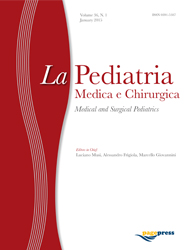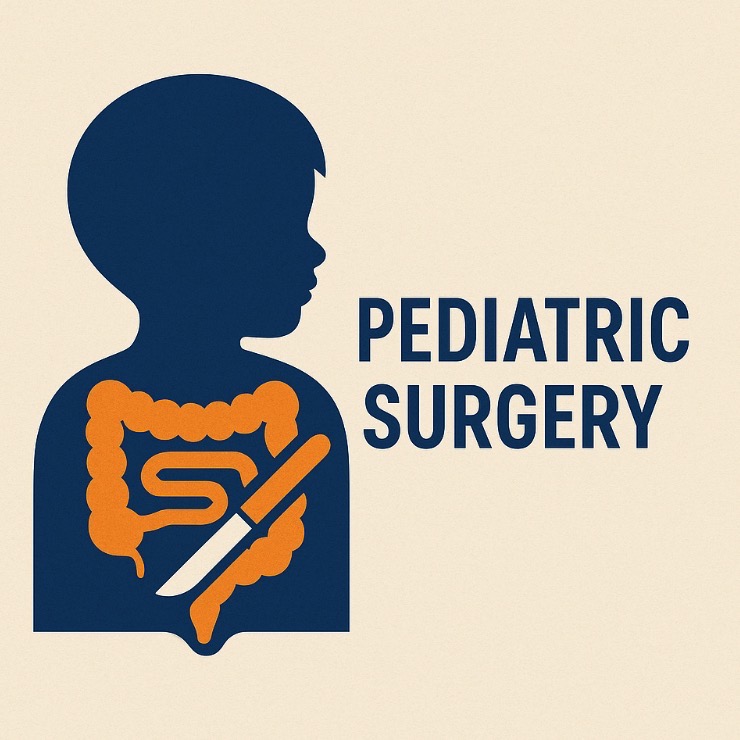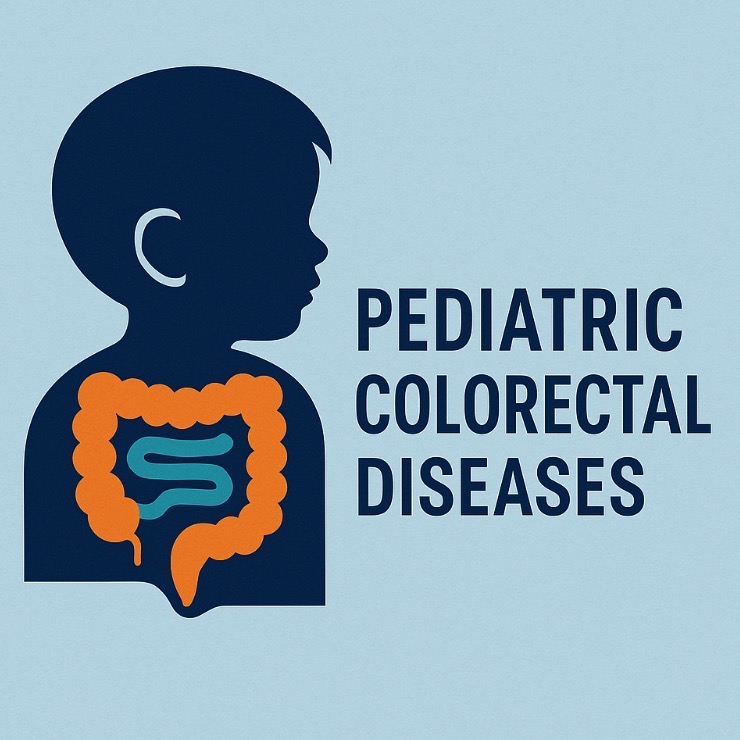Articles
30 April 2012
Vol. 34 No. 2 (2012)
Diet and lifesyle of a cohort of primary school children
Publisher's note
All claims expressed in this article are solely those of the authors and do not necessarily represent those of their affiliated organizations, or those of the publisher, the editors and the reviewers. Any product that may be evaluated in this article or claim that may be made by its manufacturer is not guaranteed or endorsed by the publisher.
All claims expressed in this article are solely those of the authors and do not necessarily represent those of their affiliated organizations, or those of the publisher, the editors and the reviewers. Any product that may be evaluated in this article or claim that may be made by its manufacturer is not guaranteed or endorsed by the publisher.
1233
Views
1242
Downloads
Authors
Pediatria Universitaria, Facoltà di Medicina e Chirurgia, Università degli Studi “Magna
Graecia†di Catanzaro, Catanzaro, Italy.
Pediatria Universitaria, Facoltà di Medicina e Chirurgia, Università degli Studi “Magna
Graecia†di Catanzaro, Catanzaro, Italy.
Comitato italiano Paraolimpico, Roma, Italy.
Pediatria Universitaria, Università degli Studi “Magna graecia†di Catanzaro, referente
“Centro regionale per la Malattia Celiacaâ€, Regione Calabria, Italy.
Pediatria Universitaria Università degli Studi “Magna graecia†di Catanzaro, responsabile “Allergologia Pediatricaâ€, Italy.
Pediatria Universitaria, Facoltà di Medicina e Chirurgia, Università degli Studi “Magna
Graecia†di Catanzaro, Catanzaro, Italy.
How to Cite
PAGEPress has chosen to apply the Creative Commons Attribution NonCommercial 4.0 International License (CC BY-NC 4.0) to all manuscripts to be published.










